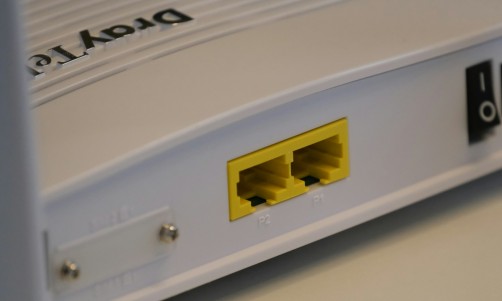Thankfully, modern tools increase our cybersecurity to never-before-seen levels and it is possible to stop malware entering your devices. Although, cybercriminals don't want to fall behind and miss out on the opportunity to make easy money either. Malware, or malicious software, is one of the many problems we face when connected to the internet. And, this is especially true if we are connected in an unprotected fashion which a surprisingly large amount of people are. Most people also have zero internet security knowledge. Malware may sound innocuous to some, and you may think you won't get it, but it really can ruin your day. Malware is like catching a virus, cold, or flu only in the sense that it is your computer or other devices that will be infected and compromised.
For these reasons, it is important to understand what malware is and how to effectively put a stop to it. You can find out a lot about malware and how to protect yourself from it in the next sections.
What is Malware?
Malware is short for malicious software, or a software threat. It is designed by cybercriminals or fraudsters with ill-intentioned plans to sabotage your system or your personal information. Malware is usually a very small file, program, or snippet of code that is designed to infect systems and in cases even inflict harm. Other times, malware is imperceptible. Some forms of malware include; trojans, worms, loggers, spyware, adware, fleeceware, bloatware, and more. Malware can also make copies of itself, or remain in a singular form. It can breach your system and communicate your details to another remote person. Personal information such as; addresses, names, IDs, credit cards, social security numbers, messages, emails, and much more can be breached by malware.
A lot of malware exists out there and has been on the internet since the 90s. Just like there are always inventive solutions on how to break into someone's house or car, the same that goes for thieves goes for malware makers. Today, what differs is that, like technology itself, malware variants have become more sophisticated, more invisible, more dangerous, and even intelligent in some cases. Malware is also referred to as PUP or Potentially Unwanted Programs.
Malware is such a wide umbrella term, that some people use it to define all of the infectious software out there, however, this is sometimes disputed. Viruses are referred to as malware, however, viruses carry malware as a payload themselves, therefore we could call viruses a malware distributor. A worm is something closer to malware, as it is standalone. The unique characteristic of a worm is that it is a network infection, which means that you do not need to download anything to be infected by it. This would classify it at the severe end of malware.
Furthermore, there is ransomware. Ransomware is a type of software that takes data hostage and is controlled by a cybercriminal. It then blackmails the victim in exchange for funds. In fact, ransomware is the most feared of all 'malware' because it has been used in criminal attacks on critical sectors and has even endangered people's lives.
Fileless malware is another one worth mentioning. The scary thing is that it leaves no footprint, and is very challenging to both eradicate and even detect in the first place. Most often, fileless malware attacks will happen when a user clicks on a fraudulent phishing email that will load a website. This website will then load a malicious Flash Shellcode after which the user is done for unless you use an antimalware program that will flag dangerous websites and notify you.
On the other hand, malware is not always that dangerous. The persistent pop-up ads that you see online (or that you used to see now that you have an ad-blocker) are considered to be malware. However, only in the case that websites forcefully download files onto your computer, is when they can be considered dangerous. Other than that, they are a nuisance and can overload your CPU or your GPU.
Malware today affects all known devices via various attack surfaces (mediums of entry.) Also, multiple attack vectors (methods) are a strong suit of malware. Malware can infect any device connected to the internet e.g whether that is an Android device or a Macbook, or a Smart TV. Especially dangerous are the 'app stores' like the Google Play Store where thousands of shady applications are waiting to be downloaded. Unfortunately, people still have the habit of downloading that interesting, new, fun app. Big mistake. Remember, it takes time for corporations like Google to sort the good from the bad when we're talking about thousands of applications uploaded daily by unknown vendors.
Best Practices to Protect Against Malware
Now that you know how dangerous malware can be, and that you must have a solution that is able to detect it on the fly, it's time to understand some best practices you need to know in order to protect yourself from these infections.
-
Use a premium anti malware security suite such as Malwarebytes or Webroot. These solutions constantly work in the background and will even block you from accessing flagged websites. Research which solutions fit your system or devices beforehand
-
Never open suspicious emails or emails from unknown senders. Avoid emails that urge you or ask for help especially
-
Don't just 'click on whatever' while browsing the internet
-
Use a VPN or Virtual Private Network that encrypts and protects your traffic
-
Do not connect to untrusted public WiFi hotspots, instead use your own mobile data or insist on asking whether the connection is secure
-
Use a browser such as Brave that has anti-fingerprinting and cookie-blocking features
-
Try to stay off shady sites e.g. porn, illegal torrents, the dark web, free streams, etc
-
Make sure the password hygiene across your accounts is impeccable. Make your passwords as long as possible, write them down, never share them or repeat them across your accounts















